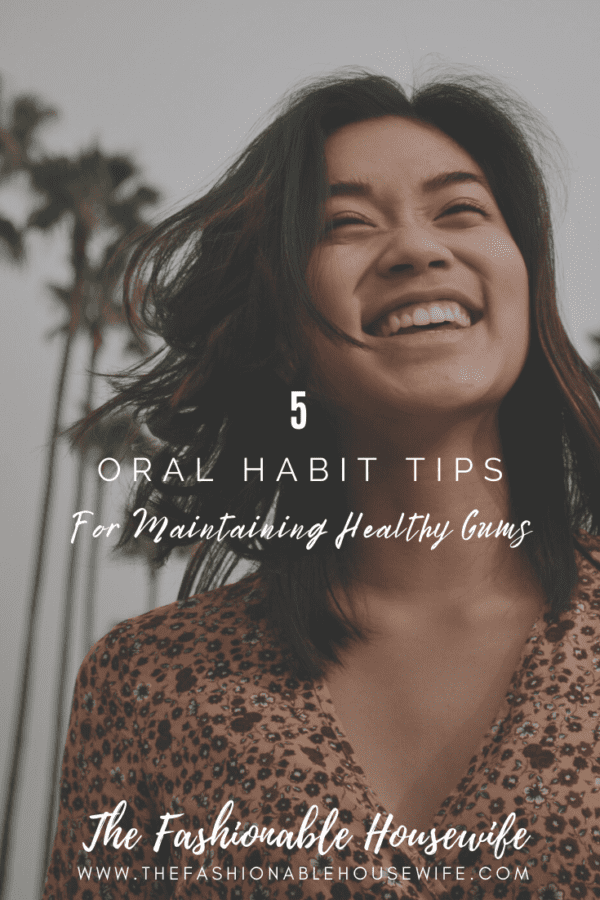
Your gums shield your teeth roots, jawbones and teeth from harmful bacteria and act as the structural backbone that holds them up. Your teeth would fail without their support. However, gums are themselves vulnerable to disease-causing microbes. The Centers for Disease Control and Prevention reports that 47.2%, almost half, of American adults aged 30 and over are afflicted with periodontal (gum) disease of some kind, a number that only increases with age, with 70.1% of those 65 and up suffering from it. Gingivitis and periodontitis, the two forms of gum sickness, are essentially infections of the gum that usually result from poor oral hygiene that leads to the development of a film of plaque.
They can lead to effects like bleeding, pain, sensitivity, swelling, tenderness and bad breath. It may also cause your gums to recede or your teeth to become damaged and fall out, as well as contributing to other health issues like heart disease, stroke and diabetes. It can even interfere with other oral treatments. If you have plans to visit an orthodontist Queen Creek AZ, at any point, you need to have your gum issues addressed first, since braces and other teeth straightening options may render the process less effective. There are some things you can do to keep your gums healthy and help stave off gum disease.
1. Floss Once a Day
You have probably heard some variation of this at some point, but it is important enough to emphasize again. Flossing removes the plaque between your teeth and in corners and nooks that a toothbrush simply cannot reach, helping to disturb growing bacterial colonies and taking away any food sources they might feed off of. The American Dental Association suggests flossing at least once a day, though many dentists may tell you twice a day or after eating, both of which are also beneficial.
2. Attend Biannual Cleanings
You may be tempted to avoid getting your teeth cleaned. However, doing so is a misstep that may lead to serious consequences. The teeth cleanings remove plaque you may not notice on your own and serve as checkups where dentists can identify and treat potential problems in earlier stages, preventing them from worsening.
3. Brush Your Teeth the Right Way
Use fluoride toothpaste (strengthens teeth) and be gentle when brushing along your gum lines. Brush for two minutes in soft strokes and circular motions, carefully cleaning your gums, tongue and cheeks as well. Change out your toothbrush every three to four months as recommended by the CDC. Consider an electric one.
4. Use Mouthwash
Do not use it as a substitute for brushing and flossing, but don’t skip this step either. There are different kinds of mouth rinses. Don’t pick one that only treats cosmetic issues like yellowed teeth. Instead, pick a therapeutic one that has active ingredients that combat bacteria. Fluoride is a good component to find in a mouthwash. Look for words like “antibacterial,” “antimicrobial” or “anti-gingivitis” on the label when assessing a bottle.
5. Skip the Tobacco
Tobacco is detrimental to the body’s ability to heal. Smoking, chewing or consuming any kind of tobacco can make it more difficult to cure gum disease. It can even make it worse and restricts blood flow to the gums. Furthermore, smokers have been proven to produce more plaque, which in turn raises the likelihood of developing gum disease.
It is important to take care of your mouth through regular behaviors like brushing and flossing and seeing a dental professional biannually. Doing so can aid in staving off the advent of gum disease, benefiting your overall health as well as your oral one.



